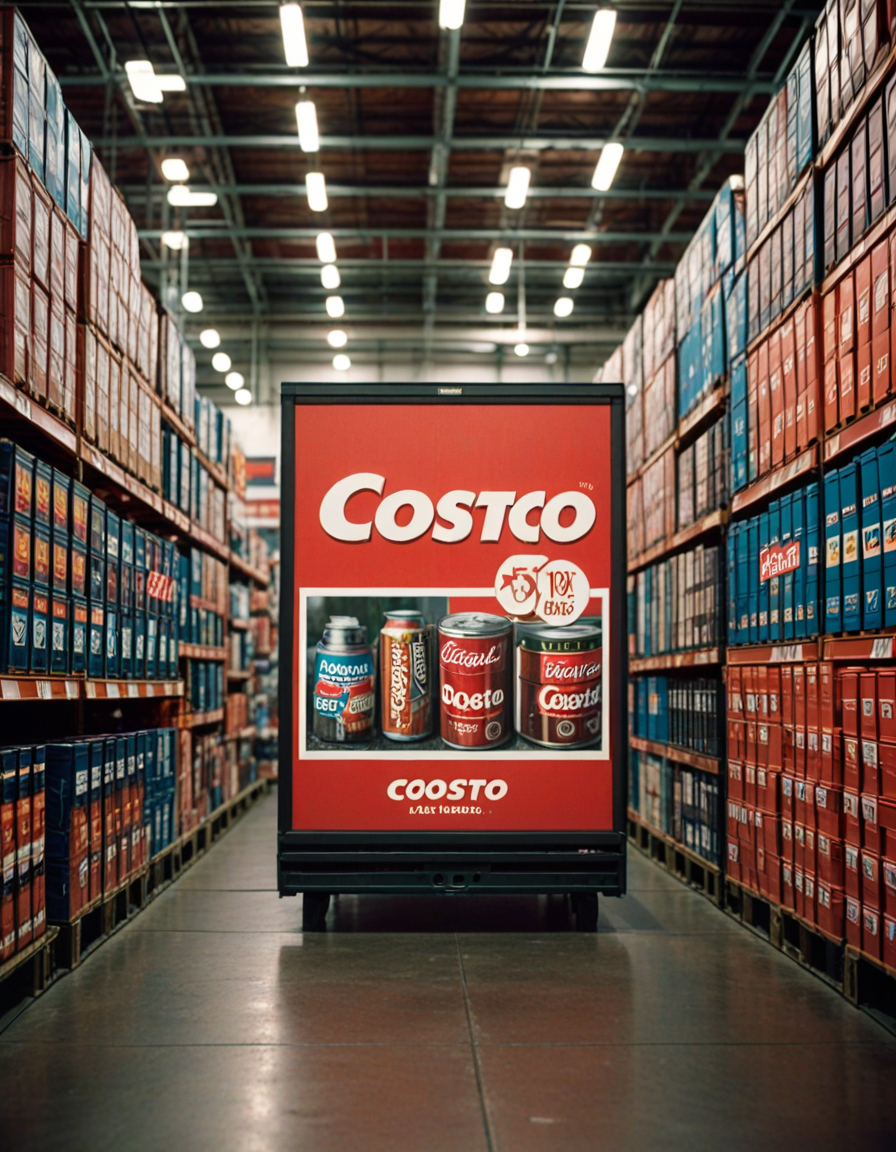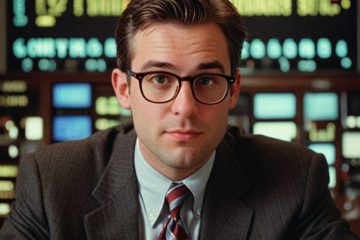How Costco Makes Money: Will it Survive next Decade?

Costco is more than just a place for oversized jars of peanut butter and free samples on Saturdays. Behind the warehouse-style aisles and giant shopping carts is one of the most unique and wildly successful business models in modern retail. With over 130 million members worldwide and a near cult-like fanbase, Costco has built a reputation on trust, value, and smart strategy.
But how exactly does Costco make money if its prices are always low? Why do people keep their memberships for decades? And what’s really going on behind the scenes with their Kirkland Signature empire and stock valuation? In this post, we’ll unpack Costco’s revenue model, how vendors play into it, what makes Executive Memberships so “sticky,” and why investors love Costco like it’s the Apple of retail.
Let’s dive in.
1. How Is Costco Profitable?
At first glance, Costco’s approach seems almost too generous to be profitable. The company sells high-quality goods at razor-thin margins—usually under 15%—while offering generous return policies and low prices across the board. Most traditional retailers would bleed cash using that strategy. But here’s the twist: Costco doesn’t rely on product markups to make money.
Instead, the company’s true profit engine is recurring membership revenue, which comes with sky-high margins. With just two main tiers of membership—Gold Star ($60/year) and Executive ($120/year)—Costco monetizes its customer base in a way that most retailers simply can’t.
Costco’s Profit Model Is Powered By:
- Recurring membership revenue with near-100% margin
- Efficient, lean supply chain logistics
- Low product variety (~4,000 SKUs vs. 30K+ in a typical grocery store)
- High-volume turnover with minimal waste
- Kirkland Signature’s strong private-label performance
By focusing on membership retention rather than per-item profit, Costco flips the script on traditional retail—and it works brilliantly.
2. What Percentage of Costco’s Profit Comes from Membership Fees?
In fiscal year 2023, Costco made approximately $4.6 billion in membership fees, which accounted for more than 70% of its total net income. This means Costco could basically operate the product side of its business at break-even and still walk away with billions in profit.
Let that sink in.
Because customers prepay annually for access to the club, Costco generates a predictable, high-margin revenue stream that provides a financial safety net—even in economic downturns.
Costco Membership Options:
- Gold Star Membership – $60 per year
- Executive Membership – $120 per year, includes 2% cashback on eligible purchases (up to $1,000/year)
These fees provide Costco with a steady cash flow and help offset the low profit margins from product sales, all while increasing customer loyalty through perceived savings.
3. Why It’s So Hard to Cancel an Executive Membership
Costco’s Executive Membership sounds like a great deal—and it is, on paper. Members get 2% cashback annually on eligible purchases. But what’s more interesting is how difficult it is to cancel this upgrade once you have it.
Costco employees are trained to retain Executive Members using simple, yet powerful psychology. If someone wants to downgrade to the standard membership, a staff member will often remind them of how much they’ve already earned in cashback.
“You’ve already earned $55 back. If you cancel now, you’re throwing away the rest. Why not let the cashback cover the extra fee?”
This approach appeals to the sunk cost fallacy—a natural human bias where people feel compelled to follow through on something because they’ve already invested time or money.
Ethical? Maybe. Effective? Absolutely.
Costco won’t stop you from canceling, but it subtly pressures you not to. It’s a masterclass in using behavioral economics to increase retention without being overtly aggressive.
4. Do Costco Vendors Make a Profit?
Yes—but not in the traditional way.
Vendors who sell to Costco often agree to lower margins in exchange for high-volume sales and consistent, rapid inventory turnover. This trade-off makes financial sense for many large-scale suppliers, especially those who can meet Costco’s strict quality and efficiency standards.
Why Vendors Say Yes to Costco:
- Massive volume orders
- Fast, predictable turnover
- Minimal marketing and packaging requirements
- Short payment cycles
Costco’s operational efficiency allows vendors to operate at scale with less friction. However, the bar is high: Costco expects top-tier quality at prices that undercut most competitors.
5. What Is Kirkland Signature and Why Is It a Big Deal?
If you’ve ever shopped at Costco, you’ve seen Kirkland Signature—the store’s in-house private label. Launched in 1995, Kirkland has grown into one of the most successful store brands in the world.
Here’s the secret: many Kirkland products are made by the same factories that produce well-known national brands. That means customers get premium quality at lower prices, with Costco cutting out middlemen and passing the savings along.
Popular Kirkland Product Categories:
- Food: Olive oil, protein bars, frozen fruit, snacks
- Household: Laundry detergent, paper towels, batteries
- Clothing: Jeans, socks, activewear
- Health: Supplements, pain relievers, vitamins
- Alcohol: Wines and spirits, often sourced from premium distillers
Today, Kirkland accounts for more than 25% of Costco’s total sales—an insane stat for a private label. It’s not just a house brand; it’s a core pillar of Costco’s value proposition.
6. Does Costco’s Return Policy Really Drive Loyalty?
Yes—and it’s a psychological game-changer.
Costco’s return policy is famously generous. Members can return most items at any time, get 90 days for electronics, and even cancel their membership for a full refund.
This builds trust and encourages larger purchases. Members feel safe knowing they won’t be penalized if a product disappoints.
What’s wild is that despite the lenient policy, Costco has lower return rates than competitors. When people trust a company, they’re less likely to exploit it.
7. Who Founded Costco? Meet the People Behind the Model
Costco didn’t just happen—it was built by visionaries who truly believed in customer-first capitalism.
Jim Sinegal (Co-Founder & CEO)
- Ran Costco from 1983 to 2012
- Kept CEO salary under $500K
- Obsessed with efficiency and treating employees right
- Focused on long-term trust over short-term gain
Jeff Brotman (Co-Founder & Chairman)
- Entrepreneur and lawyer from a retail family
- Secured early financing and expansion plans
- Advocated for sustainability and education
Sol Price (Founder of Price Club)
- Created the warehouse club concept in 1976
- Believed in fair pricing and employee respect
- Price Club later merged with Costco in 1993
These three men laid the foundation for Costco’s culture: low prices, high standards, and strong ethics.
8. Costco Stock: Why Investors Love It
Costco isn’t just a favorite among shoppers—it’s a darling on Wall Street, too. As of 2025, major shareholders include:
- Vanguard Group Inc.
- BlackRock Inc.
- State Street Corp
These investors are drawn to Costco’s:
- High-margin recurring revenue
- Strong customer retention
- Minimal debt and tight cost controls
- Resilience during economic downturns
While Costco trades at a premium valuation, many analysts consider it a “forever stock”—something you buy and hold indefinitely due to its stability and long-term value.
Final Thoughts: Costco’s Unstoppable Retail Flywheel
Costco’s story is one of discipline, long-term thinking, and relentless customer focus. Its profit model thrives not on squeezing every penny out of customers, but on creating so much value that people are happy to pay just to shop there.
From its member-first business model and Kirkland empire, to its founder-driven principles and stock resilience, Costco isn’t just a retail chain—it’s a case study in what happens when you prioritize loyalty, trust, and value over high margins.
And while it uses some clever psychological tactics to retain customers, at the core of it all, the Costco formula asks:
What if doing right by the customer was the best business model all along?
Want more AI-driven finance tips? Subscribe to our blog and stay ahead of the game!
Disclaimer: This blog article is for informational purposes only and should not be considered financial advice. Everyone’s financial situation is unique. Always consult with a qualified financial advisor or planner to assess your individual circumstances before making financial decisions



0 Comments